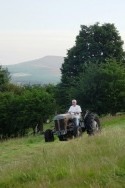Upland meadows
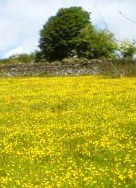
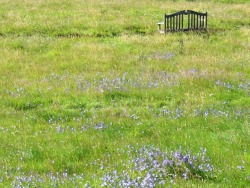

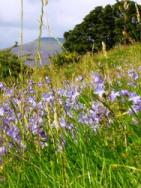
UPLAND MEADOWS
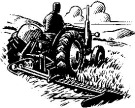
In retrospect, I don’t think my desire to make hay with old machines was half as odd as everyone tried to make out. Hay-making has been part of nostalgic fantasies of pastoral bliss since Theocritus came up with this Idylls in Ancient Greece, and the idea has been ripped off and rehashed by any number of romantics since—from Roman poets to English composers. There’s hardly a British country memoir which doesn’t involve some lyrical passage about hay-making, generally including salt-of-the-earth farmhands and parched throats relieved by life-giving jugs of cider. The most celebrated is probably Hilaire Belloc’s essay ‘The Mowing of a Field’, written in 1921, where with shameless sentimentality he wallows in the delights of dawn and birdsong, and locals who say ‘Ar’, the ring of a sharpened blade and the skills involved in an ancient activity. (‘When I got out into the long grass the sun was not yet risen, but there were already |
many colours in the eastern sky, and I made haste to sharpen my scythe, so that I might get to the cutting before the dew should dry.’) Yet Belloc, with his two Sussex acres (plus windmill), was the archetypal hobby farmer, had not the slightest need for hay, and could far more sensibly have paid someone to do his mowing for him. He was doing it for every reason except that he needed a decent crop of hay—principally a kind of consummation of his love of England, summertime, landscape and the old ways that he feared were disappearing as mechanization swept the countryside. My motives were far more plausible. I had a genuine reason for making hay: flowers. Chapter 12, How not to mow a meadow |
All photographs and text except where otherwise stated © Antony Woodward and Verity Woodward.
